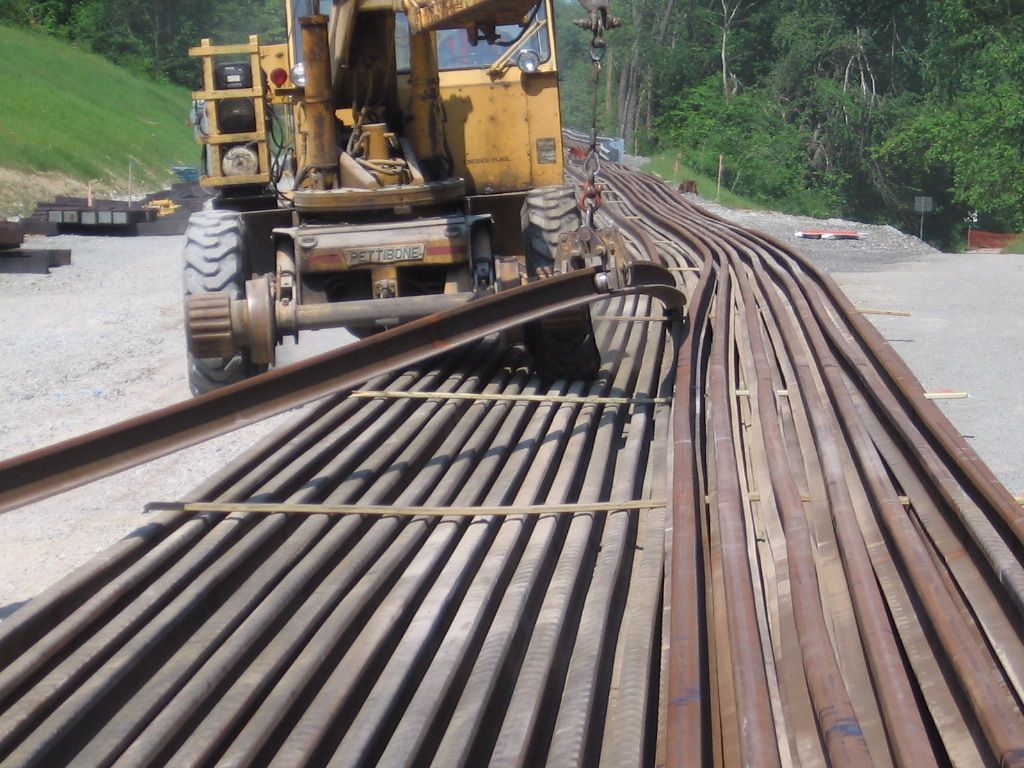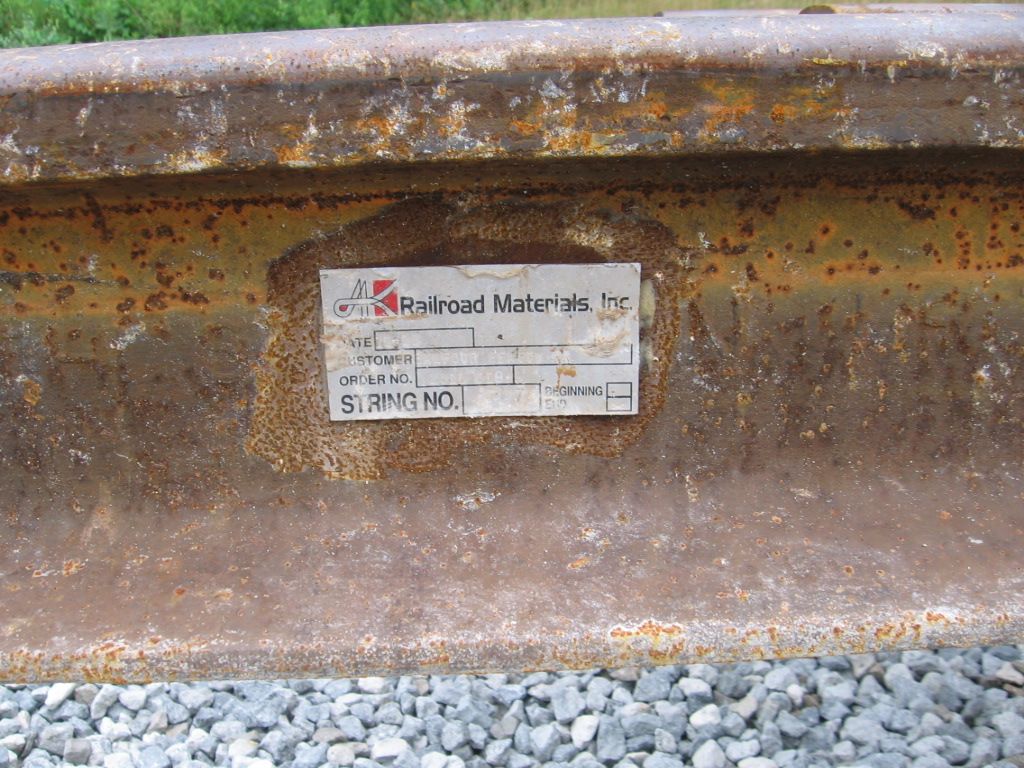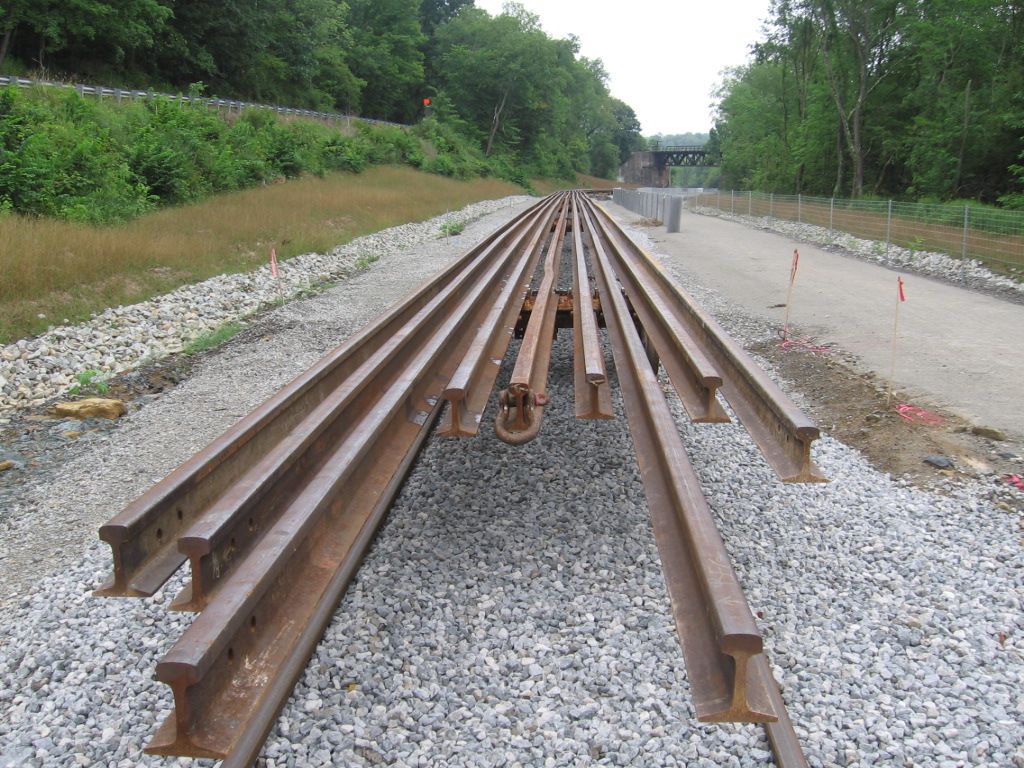I recently inspected these rails on the Klamath Northern short line. Possibly 75-lb rail but not sure; I didn't see it spelled out on the rails themselves. I actually saw a train on the line several weeks previous but don't have a photo of the train. Photos by Ace in May 2016.
Additional Klamath Northern info at: http://www.trainweb.org/westernrails/kn/kn.html








